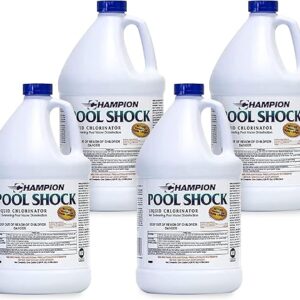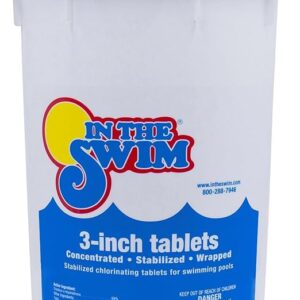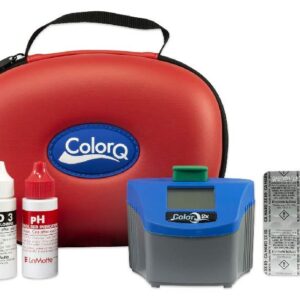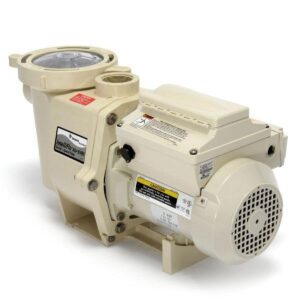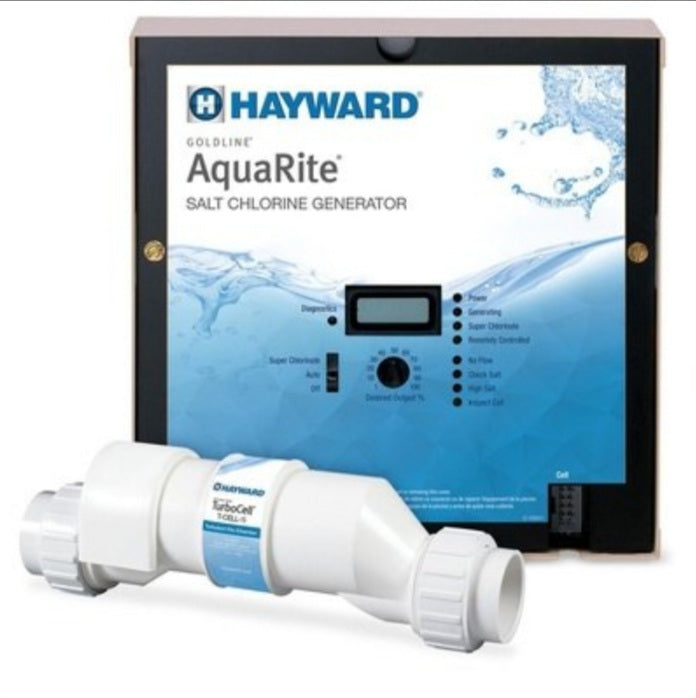How to Balance pH and Total Alkalinity in a Swimming Pool
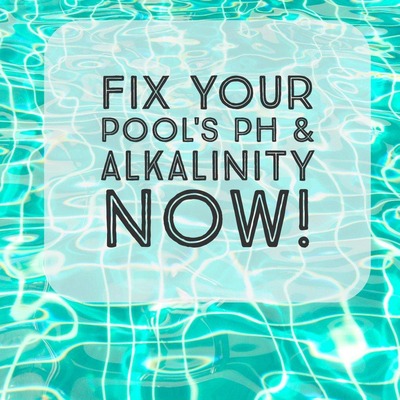
Balancing pH and Total Alkalinity (TA) might seem difficult if you’re doing it for the first time.
However, this is something you can fix within a few hours if you have the right chemicals.
The most common problem is spiking pH and TA levels in pool or spa water. Having low pH and TA levels means their levels are not maintained properly or a strong acid like muriatic acid is added into the pool or spa.
Before we go further, I guess you would want to know the causes of high pH and alkalinity in your water.
Most Loved Cordless Pool Cleaner: Aiper Scuba S1 Cordless Robotic Pool Vacuum Cleaner: Cleaning Schedule, Smart Navigation, Wall, Floor, & Waterline Cleaning, Suitable for all Pools Up to 1,600 sq.ft
Causes of High pH in a Swimming Pool
1. Calcium Hypochlorite Chlorine Shock
The most common cause of high pH in a swimming pool or spa is the type of sanitizer or chlorine shock we use.
Calcium hypochlorite (cal hypo) or granular chlorine is non-stabilized chlorine that comes with high pH levels, causing high pH issues in pool and spa.
We always recommend using liquid chlorine, also known as sodium hypochlorite, to sanitize swimming pools.
Sodium hypochlorite is pH neutral since it produces hydrochloric acid and sodium hydroxide as bi-products. Hydrochloric acid naturalizes the pH produced by sodium hydroxide, helping in controling the pH levels.
If you have a saltwater pool, the chlorine generator will produce chlorine using sodium through a process called electrolysis, where the only bi-product is sodium hydroxide that has high pH levels above 13.
This explains why pH levels tend to get high in saltwater swimming pools and can only be offset by adding strong acids like muriatic or hydrochloric acid and sulfuric acid.
Related Article: Saltwater Swimming Pool Maintenance
2. High Alkalinity Levels
The second cause of high pH in a swimming pool or spa is high TA level. If you have high alkalinity levels in your pool, your pH will rise because TA acts as a pH buffer.
As such, always make sure you watch your alkalinity levels closely and use the right chemical to raise the alkalinity level in your water.
Most pool owners use soda ash, aka sodium carbonate to raise alkalinity levels in pool water. Sodium carbonate increases pH levels because it comes with a high pH of 11.3 to 11.6, which is too high if you only want to raise your TA levels and not the pH.
To increase your TA without significantly raising your pH levels, we always recommend using sodium bicarbonate (bicarb), also known as baking soda, which comes with low pH levels compared to soda ash (sodium carbonate).
Some pool fillwater have a lot of alkalinity, and this will always significantly raise the Total Alkalinity levels in a swimming pool even without adding an alkalinity increaser.
You always need to test the total alkalinity level of your pool fillwater to make sure it is not higher than 120 ppm, which is the highest level recommended for a swimming pool to avoid pH and TA issues in your pool.
All Recommended Swimming Pool Maintenance and Cleaning Chemicals
Requirements to Balance pH and TA
1. Muriatic Acid: Muriatic or hydrochloric acid is used to decrease both pH and alkalinity when high.
2. Borax: 20 Mule Team Borax is the best option when you want to raise your pH level without increasing your TA levels.
3. Reliable Pool Chemical Test Kit: You need an accurate and reliable chemical test kit to measure the actual reading of pH and TA while adjusting their levels. One of the best is LaMotte ColorQ Pro 7, which can test pH, TA, FC, TC, CH, Cya, and Bromine.
How to Lower High pH and Total Alkalinity
If both pH and TA levels are high in your pool, you will need to add muriatic acid slowly by slowly while testing your pH and TA levels so that you don’t get low levels.
Muriatic Acid Dosage:
1). Lowering TA Using Muriatic Acid: 0.8 qts of muriatic acid reduces TA by 10ppm in a 10,000 gallons pool.
2). Lowering pH Using Muriatic Acid: 1 qt of muriatic reduces your pH by around 10ppm in a 10,000-gallon pool.
Borax Dosage:
20 ounces of Borax increase pH in a 5000-gallon pool by 0.5.
Related Products: 16000 BTU Heat Pump for Upto 5000 Gallons Above-ground Pools & Spas, Heater and Cooler with WiFi Timer, 120V
Raypak 399,000 BTU Natural Gas Pool Heater – Electric Ignition
Steps to Lower pH and TA Using Muriatic Acid
- Take accurate readings of TA and pH using a reliable test kit to be sure of the amount of acid your pool needs to reduce pH and TA.
- Dilute the right amount of muriatic acid depending on your pool size and levels of pH and TA. Distribute it evenly in the pool, don’t let your pH go below 7.0 to make raising it back easier.
- Test your pH and TA levels within 4 – 6 hours(1 complete pump run-time). If your TA is still high and pH is 7.0-7.2, raise pH back to around 7.8 by adding 20 Mule Team Borax. Borax raises pH without raising your TA.
- Repeat step 2 by adding more muriatic acid to lower both. You may have to repeat the process of adding borax to raise pH and adding muriatic acid to lower both pH and TA depending on your TA levels.
- When TA is finally balanced, raise your pH back between 7.4 and 7.6 if lower than that, and you are done fixing high pH and TA.
Related Product: CHLORWORKS Saltwater Pool System Chlorine Generator – Powerful Chlorination for Pools up to 40,000 Gallons
Summary of Balancing pH and TA
– In any case, you get your TA levels lower than recommended levels that are between 80 and 120ppm but pH level is OK, use alkalinity increaser to raise TA back.
– If you have low pH but the TA level is OK, use borax to raise your pH without raising your TA levels.
– Use muriatic acid to lower both pH and TA when high. Use borax to help you raise pH when TA level is still high and you need to add muriatic acid so that you don’t get your pH lower than 7.0.
-Finally, it’s nearly impossible to have low pH and high TA in the same water since when TA is high, ph level will also rise very quickly. Avoid pool fillwater with high alkalinity levels because this will significantly increase the TA levels in your swimming pool, spa and hot tub, resulting in high pH levels in your pool.
Related Product: Beatbot AquaSense Cordless Robotic Pool Vacuum Cleaner for above-ground and inground pools up to 2,260 sq. ft.



